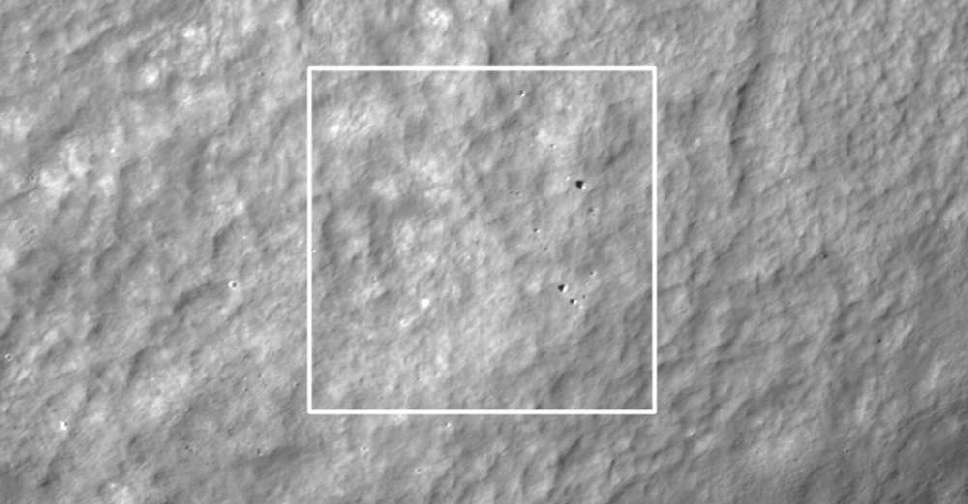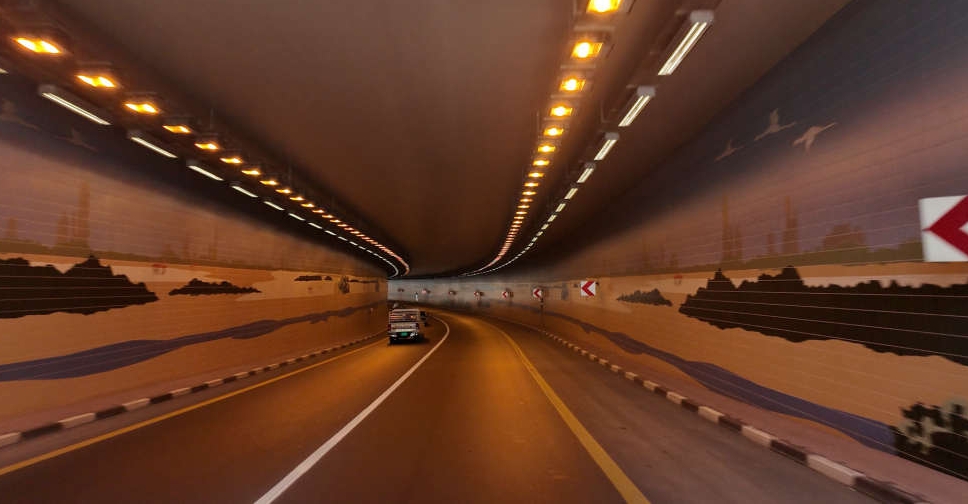
Japanese startup ispace said on Friday the cause of its failed moon landing mission last month was the miscalculation of its altitude, which led to the spacecraft’s running out of fuel.
The Tokyo-based firm's Hakuto-R Mission 1 lander was carrying the UAE's Rashid Rover for the Arab world's first mission to the Moon.
During the final landing phase in the early hours of April 26, ispace lost contact with the craft.
An investigation showed that after the vehicle passed over a large lunar cliff, a sensor software glitch caused a discrepancy between its actual and expected altitude, and after its fuel ran out, it plummeted the last 5 km to moon's surface.
"During the period of descent, an unexpected behaviour occurred with the lander’s altitude measurement," ispace said in a statement.
"After reaching the scheduled landing time, the lander continued to descend at a low speed until the propulsion system ran out of fuel. At that time, the controlled descent of the lander ceased, and it is believed to have free-fallen to the Moon's surface," it added.
The company said that improvements would be made for the next two missions.
Today we announced the results of our HAKUTO-R M1 lunar landing flight data analysis, which revealed that the lander fully completed the planned deceleration process, slowing to the target speed of less than 1 m/s in a vertical position at an altitude of approx. 5 kms. (1/2) pic.twitter.com/gW6Rss5Nb7
— ispace (@ispace_inc) May 26, 2023
Although the lander did not complete a soft landing, the cause has been identified and upgrades and improvements are being incorporated into Missions 2 & 3.
— ispace (@ispace_inc) May 26, 2023
Read more (2/2): https://t.co/UFRO20Hh7N#ispace #lunarquest #HAKUTO_R




 New upgrades boost connectivity between Sheikh Zayed, Al Khail roads
New upgrades boost connectivity between Sheikh Zayed, Al Khail roads
 Abu Dhabi student wins UAE qualifiers of Arab Reading Challenge
Abu Dhabi student wins UAE qualifiers of Arab Reading Challenge
 UAE, South Korea leaders hold talks on strategic partnership
UAE, South Korea leaders hold talks on strategic partnership
 UAE issues special coins to honour Sheikh Zayed and Sheikh Rashid
UAE issues special coins to honour Sheikh Zayed and Sheikh Rashid
 UAE expresses support for IAEA's role in promoting peaceful nuclear energy
UAE expresses support for IAEA's role in promoting peaceful nuclear energy
 Sharjah seizes AED279 million-worth of narcotics in 2024
Sharjah seizes AED279 million-worth of narcotics in 2024
 UAE to train Emirati youth in global social missions
UAE to train Emirati youth in global social missions
 UAE expresses solidarity with India over factory explosion
UAE expresses solidarity with India over factory explosion
 Ajman Police launches smart messaging platform
Ajman Police launches smart messaging platform
 Ras Al Khor Wildlife Sanctuary set for AED 650 million makeover
Ras Al Khor Wildlife Sanctuary set for AED 650 million makeover
 Dubai completes region's first test flight of Joby Air Taxi
Dubai completes region's first test flight of Joby Air Taxi
 UAE cracks down on firms not practising licensed activities
UAE cracks down on firms not practising licensed activities
 Abu Dhabi population grows 7.5% in 2024, exceeds 4 million
Abu Dhabi population grows 7.5% in 2024, exceeds 4 million
 UAE condemns attack on Pakistan military convoy
UAE condemns attack on Pakistan military convoy
 UAE President congratulates Congo on Independence Day
UAE President congratulates Congo on Independence Day
 Petrol, diesel prices to increase in July
Petrol, diesel prices to increase in July
 Arab Parliament President praises UAE's humanitarian efforts
Arab Parliament President praises UAE's humanitarian efforts
 Dubai to begin summer working hours for government agencies
Dubai to begin summer working hours for government agencies
 Dubai's Al Safa Street to be upgraded
Dubai's Al Safa Street to be upgraded
 H.H. Sheikh Mohammed praises public high school toppers
H.H. Sheikh Mohammed praises public high school toppers
